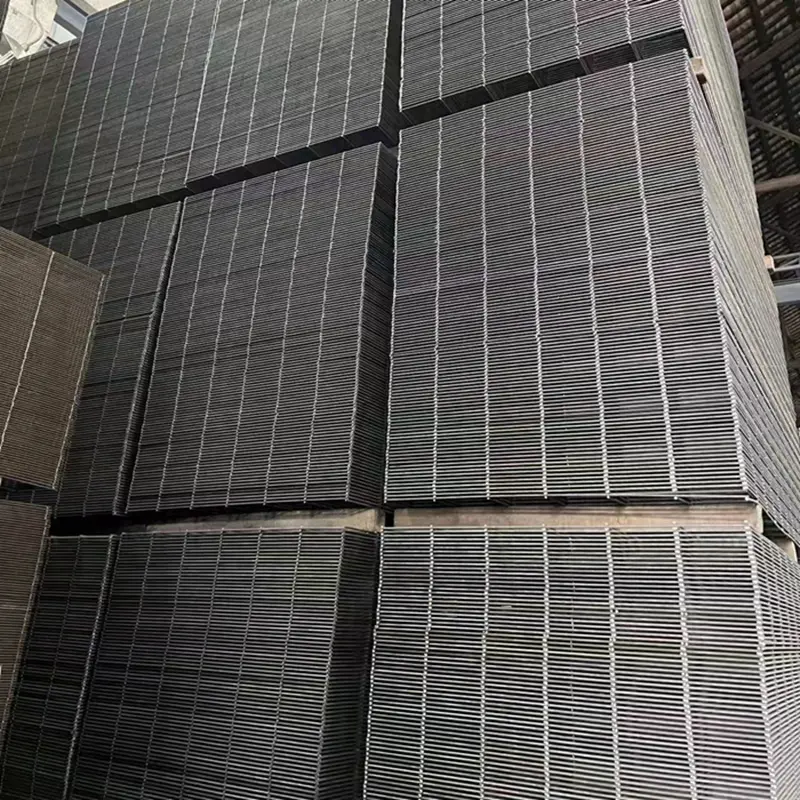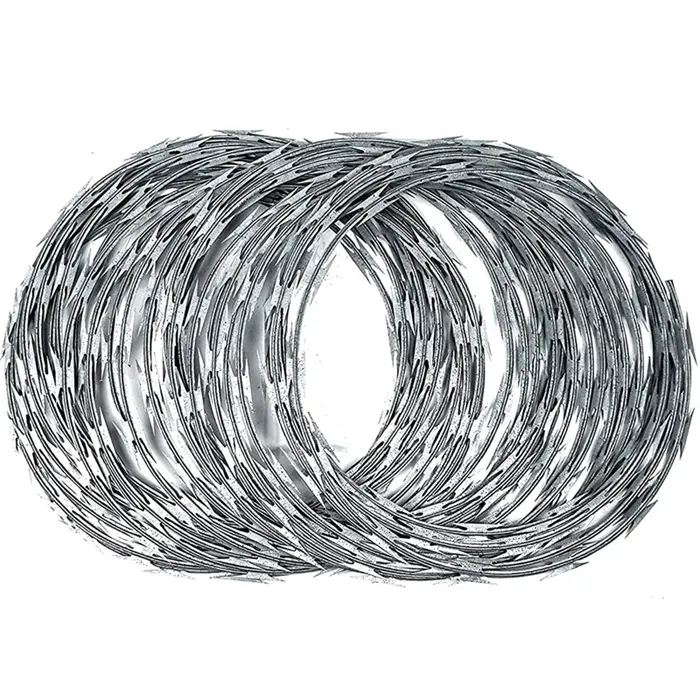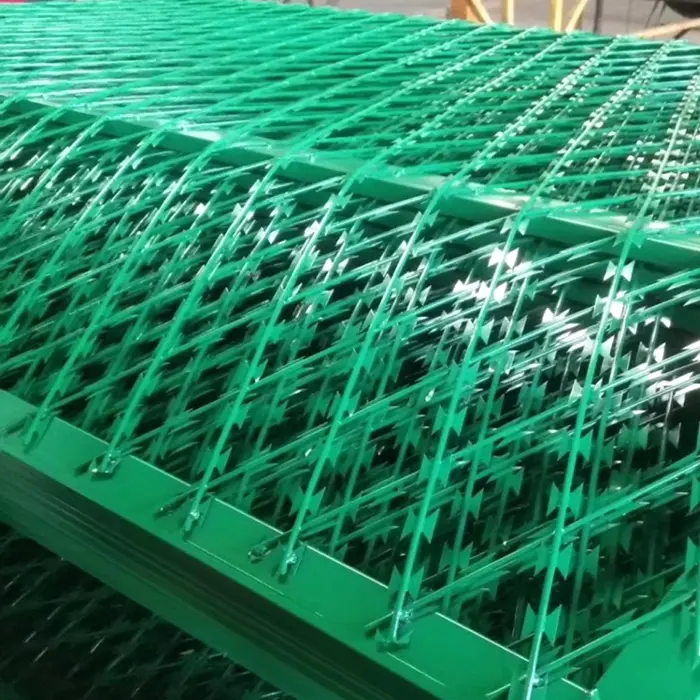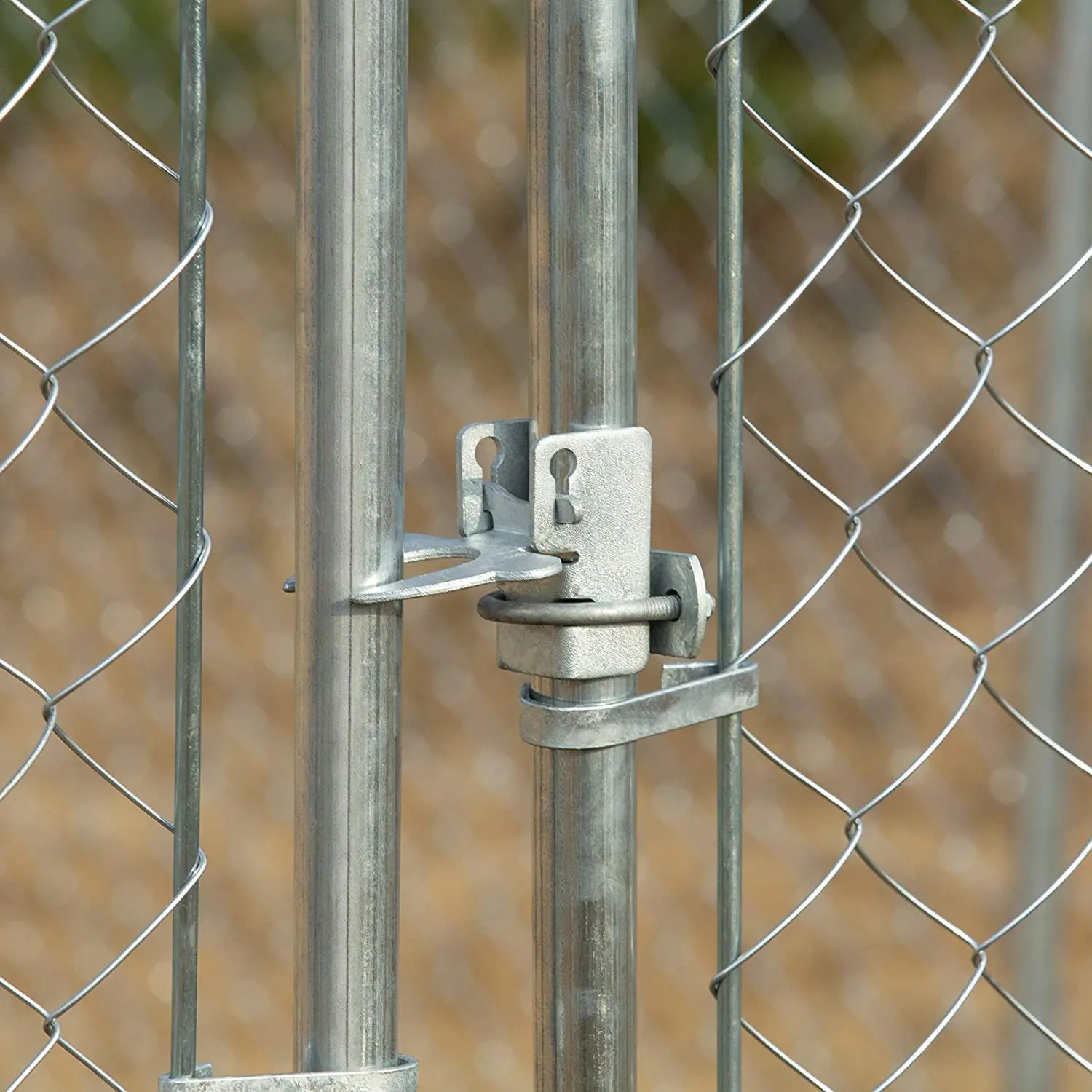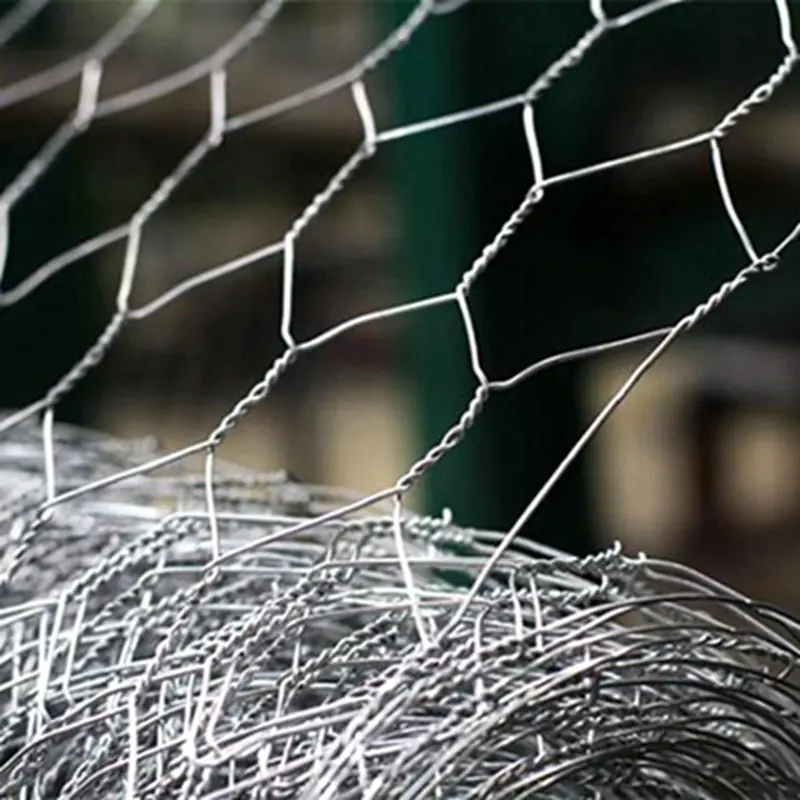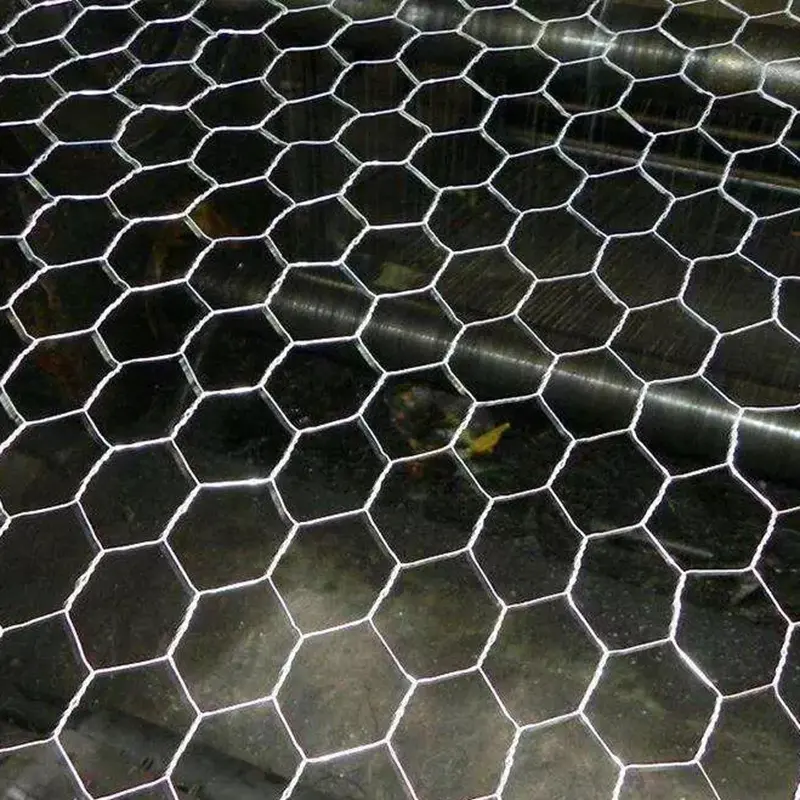- Introduction to cattle yard mesh
and its importance in modern livestock management - Technical specifications and unique features of high-quality cattle yard mesh
- Comparative analysis of cattle yard mesh: Leading manufacturers & performance metrics
- Benefits of adopting advanced cattle yard fencing solutions for productivity and safety
- Customization options and project-tailored cattle mesh fencing designs
- Real-world application cases demonstrating solution effectiveness
- Choosing the right cattle yard mesh: Data-driven final thoughts and industry guidance
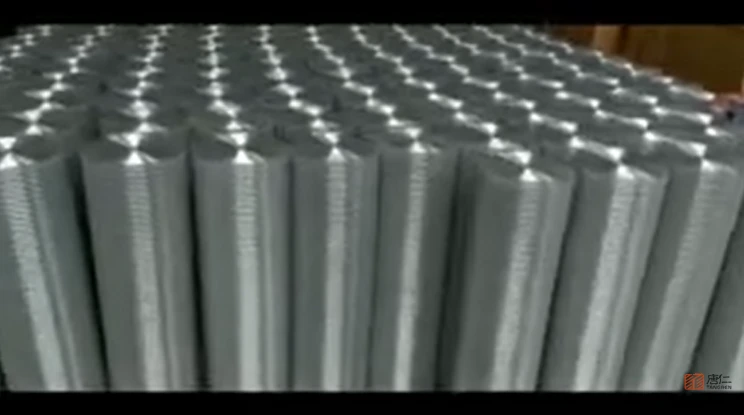
(cattle yard mesh)
Introduction to Cattle Yard Mesh: Modern Livestock Management Solutions
Cattle yard mesh, also known as livestock mesh or cattle mesh fencing, is an essential infrastructure element in contemporary animal husbandry. With the global bovine population exceeding one billion head and an ever-increasing emphasis on biosecurity, the need for robust, secure, and efficient yard fencing has intensified. Agricultural safety records show that herds contained with high-grade mesh fencing experience up to 40% fewer escapes and a 25% drop in injury rates than those secured by traditional wire systems. The rapid evolution of cattle management—from broad-acre grazing to precision livestock farming—makes durable, adaptable fencing indispensable. Cattle yard mesh is not only a passive barrier but an active tool for optimizing space, reducing labor requirements, and ensuring animal welfare standards are met.
Technical Specifications and Features of Premium Cattle Mesh Fencing
Technological advancements have reshaped cattle yard fencing, prioritizing both animal safety and operational efficiency. The highest-rated cattle yard mesh systems are generally manufactured from medium to high-tensile galvanized steel wire, delivering tensile strengths between 500–900 MPa. Standard aperture sizes range from 100mm x 200mm to more intricate graduated spacings—facilitating safer stock movement and reducing risk of hoof entrapment. Mesh heights vary, commonly between 1.2 and 1.8 meters, to accommodate different breeds and handling needs.
In addition to physical robustness, modern meshes integrate advanced coating technologies such as Class 3 zinc galvanizing (with up to 35% longer life span compared to standard Class 1 coatings) and occasionally PVC-laminated finishes for corrosion resistance. Upgraded knot types—like fixed knot and hinge joint—offer superior flexibility and damage recovery. These features collectively contribute to reductions in maintenance costs by approximately 15% annually, according to industry surveys.
Manufacturer Comparison: Cattle Yard Mesh Performance Data
Selecting the best cattle mesh fencing requires understanding key performance indicators and rigorously comparing top manufacturers in the market. Below is a structured comparison including three leading global suppliers based on mechanical strength, longevity, customization, and price index.
| Manufacturer | Tensile Strength (MPa) | Coating & Corrosion Resistance | Standard Mesh Heights (m) | Knot Technology | Customization Capabilities | Estimated Product Lifespan (years) | Relative Price Index |
|---|---|---|---|---|---|---|---|
| FirmGuard Australia | 900 | Class 3 Galvanized | 1.2, 1.5, 1.8 | Fixed Knot | Extensive | 35 | 1.00 |
| AgriSteele (US) | 750 | Class 1 Galvanized | 1.2, 1.6 | Hinge Joint | Moderate | 25 | 0.85 |
| FieldSecure Europe | 650 | PVC-Coated Galvanized | 1.0, 1.2, 1.5 | Hinge Joint | Limited | 20 | 0.72 |
As proven by these metrics, the leading providers not only vary in product strength and durability but also in customization potential and cost-effectiveness. It is vital to balance quality demands with budgetary constraints when selecting the optimal mesh system.
Operational Benefits of Advanced Cattle Yard Fencing
The operational advantages of investing in high-performance cattle yard mesh extend well beyond basic containment. Farms utilizing state-of-the-art mesh report labor savings of 12–18% per year due to reduced need for repairs and lower stock loss incidents. Additionally, safety and biosecurity protocols are markedly improved—incidents of contagious disease cross-contamination decreased by 22% in controlled studies, attributed to minimized animal mingling and breach points.
Ergonomic installation options, including modular panels and quick-connect systems, streamline the deployment process, enabling average set-up times cut by up to 30%. The enhanced visibility provided by specific mesh geometries also facilitates real-time animal health assessment, reducing handling stress during roundups and medical care.
Tailored Solutions: Customizing Cattle Mesh Fencing Systems
Modern agricultural enterprises increasingly require bespoke cattle mesh fencing tailored to their unique operational landscapes. Customization options span a wide array of variables—from wire gauge thicknesses (ranging 2.0mm to 3.5mm), color-coatings (for visual management or breed differentiation), to purpose-specific strand arrangements for mixed livestock yards. Many suppliers now offer computer-modeled layout design, allowing seamless integration with handling yards, laneways, and automated gates.
Custom solutions also encompass delivery logistics, such as pre-cut panels and integrated delivery of gate hardware, significantly reducing total project time. Surveys show that 92% of large-scale farmers pursuing full customization report an ROI increase of at least 17% within three years, due largely to increased cattle throughput and minimized fence-related incidents.
Application Cases: Proven Success in Cattle Yard Management
Real-world installations across diverse geographies and conditions underscore the effectiveness of advanced cattle yard fencing. In Queensland, a 3,200-head ranch transitioned from traditional barbed wire to 1.8m fixed knot mesh, resulting in the elimination of predation cases by wild dogs and a 37% improvement in calf survival rates over the subsequent calving season. In contrast, a Nebraska-based dairy operation reported operational cost reductions of over $60,000 annually after upgrading to modular galvanized mesh systems, attributing the savings to lower veterinary expenses and reduced property damage.
Similarly, cooperative grazing projects in Europe have leveraged multi-species compatible mesh designs to facilitate rotational grazing, maximizing pasture utilization by up to 42% without compromising containment. These cases illustrate not only the practicality of cattle yard mesh but also the measurable, bottom-line returns achievable through strategic investment.
Choosing the Right Cattle Yard Mesh: Data-Informed Guidance for the Livestock Industry
In a market crowded with fencing solutions, the process of selecting the right cattle yard mesh hinges on prioritizing durability, customization, and overall life-cycle value. As demonstrated by both comparative manufacturer data and global application case studies, investing in high-specification mesh provides clear performance advantages: fewer escapes, reduced herd injuries, lower labor inputs, and higher returns on investment.
Moving forward, best-in-class operations should continually reassess their fencing infrastructure in line with herd expansion, evolving management needs, and regulatory developments. Choosing a supplier with a proven track record—ideally capable of full customization and robust after-sales support—is the surest path to sustained operational excellence. Benchmarking mesh specifications against both farm-specific needs and industry data empowers decision-makers to realize not just compliance, but a competitive edge.
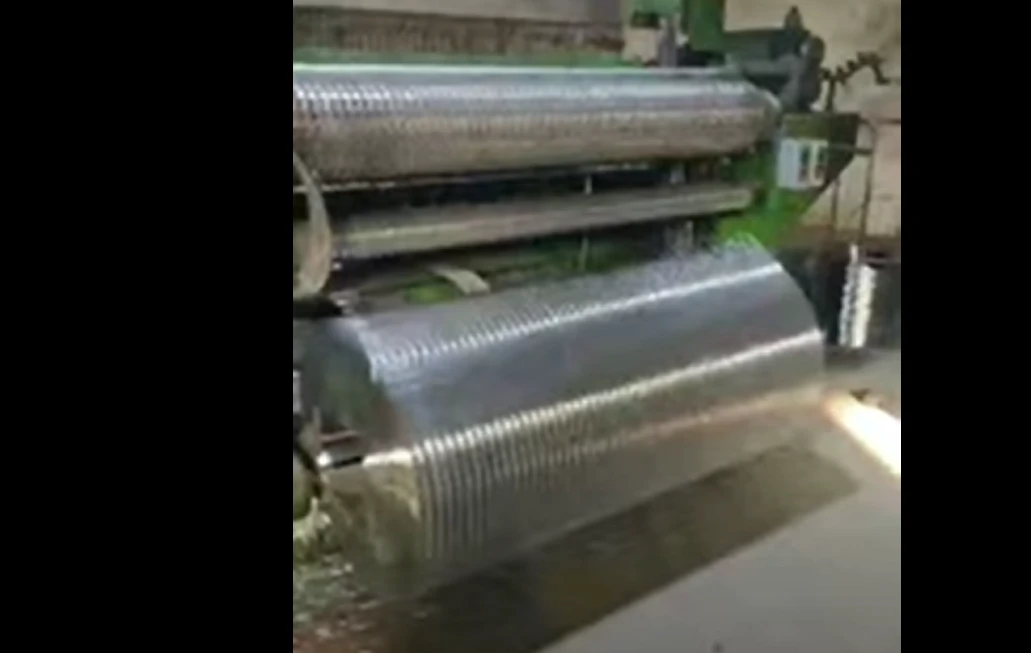
(cattle yard mesh)


